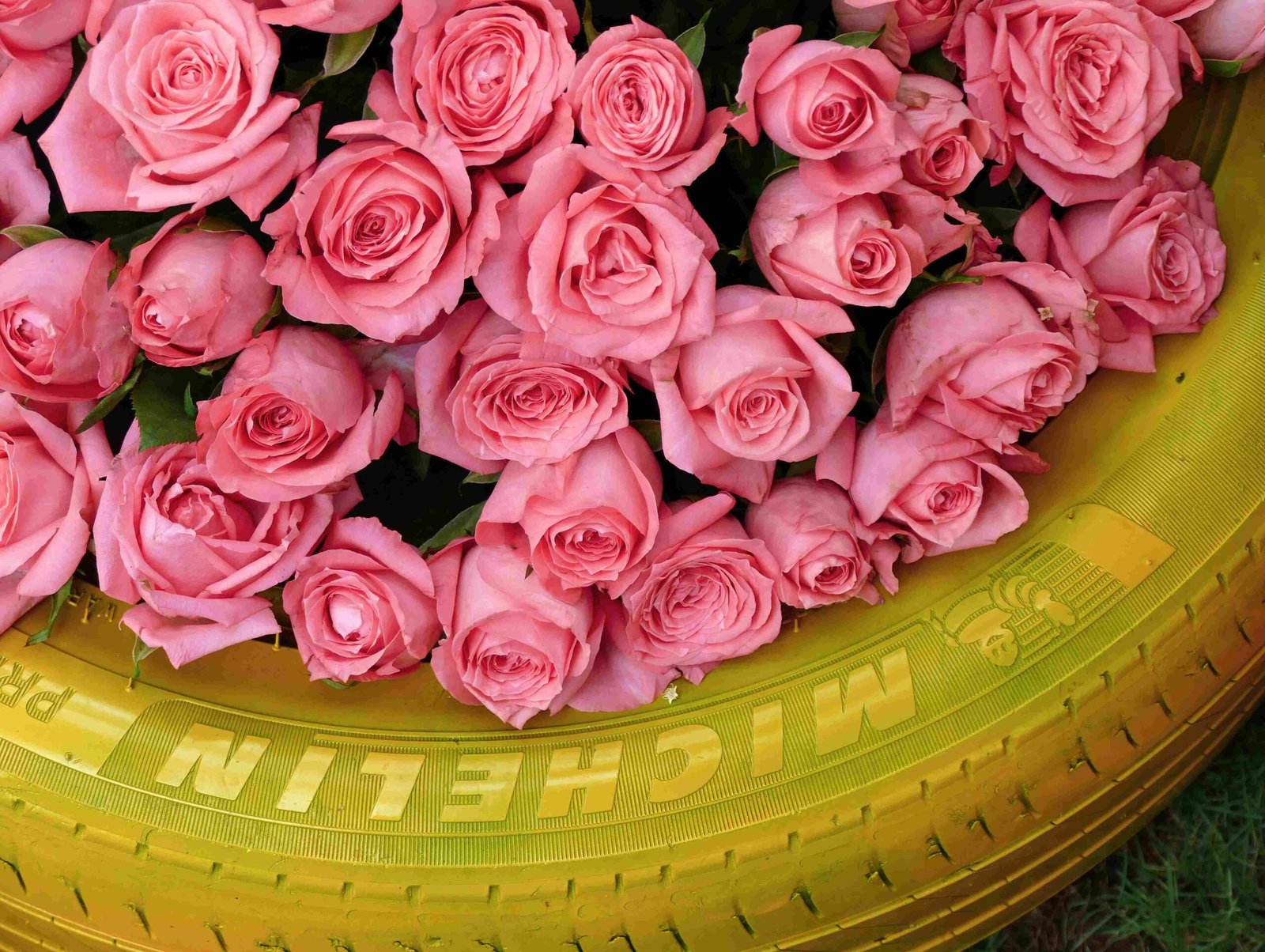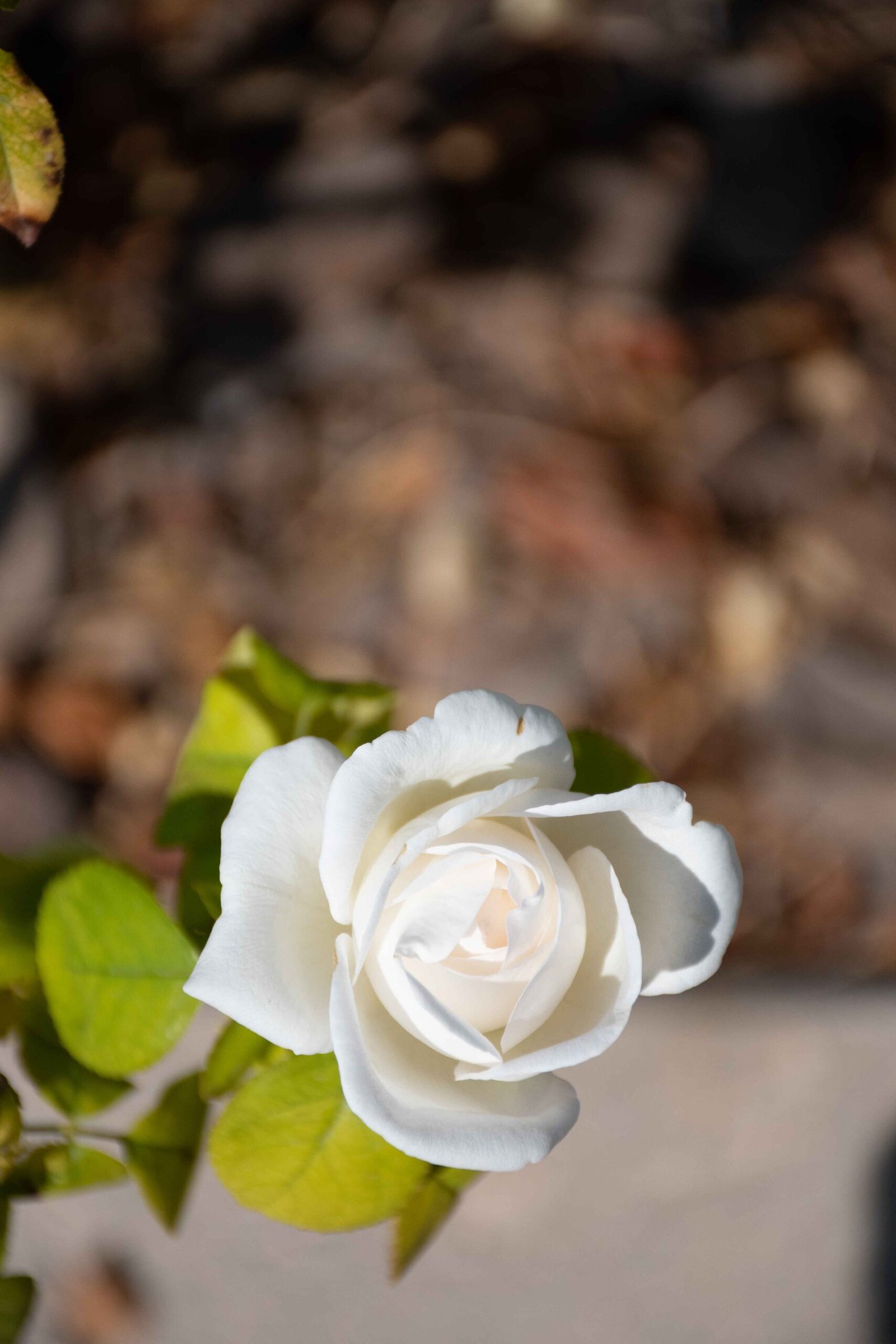Is Sand Good for Roses?

While sand can be a component of a rose soil mixture, it is not the ideal sole constituent due to its poor water and nutrient retention properties. For roses, a balanced soil composition is crucial, and sand can be added to improve drainage, especially in heavy clay soils.
What is the Ideal Soil Composition for Roses?

A recommended mix for rose soil includes:
- Garden Soil: Use good quality garden soil as the base.
- Compost: Add compost to increase organic matter. A ratio of compost equal to half the quantity of the garden soil is suggested.
- Sand: Add sand in a proportion equal to half the quantity of the garden soil. This helps improve drainage without compromising water retention.
- Other Components: Coco peat can be added at about 1/4 of the sand quantity to enhance moisture retention.
How Does Sand Affect Drainage and Aeration?
Sand significantly influences drainage and aeration in rose gardens:
Drainage
Sand improves the drainage of the soil, which is critical for roses as they do not thrive in waterlogged conditions. Excessive moisture can lead to root rot and other diseases. By adding sand, you ensure that the soil does not become too soggy, allowing for proper water flow and preventing root damage.
Aeration
Sand also enhances soil aeration by increasing the porosity of the soil. This allows for better oxygen penetration to the roots, which is essential for healthy root growth and overall plant health.
How Does Sand Affect Nutrient Availability?
The addition of sand to the soil can have both positive and negative effects on nutrient availability:
Negative Impact
Sand itself does not retain nutrients well, so if the soil is too sandy, it may lack the necessary nutrients for rose growth. However, when mixed with other components like compost, the overall nutrient availability can be improved.
Positive Impact
By improving drainage and aeration, sand can indirectly enhance nutrient availability by ensuring that the roots are healthy and can absorb nutrients more effectively.
How Does Sand Affect the Soil pH?
Sand generally has a neutral pH and does not significantly affect the overall pH of the soil. The ideal pH range for rose growth is between 6.0 and 6.5, which ensures that essential nutrients are available to the plants.
In summary, while sand is beneficial for improving drainage and aeration, it should be used in moderation and mixed with other soil components to ensure optimal nutrient retention and overall soil health for roses.
Reference:
[2] https://voiceofplant.com/how-to-prepare-soil-mixture-for-rose-plants/
[3] http://extension.msstate.edu/content/techniques-and-tips-for-growing-good-roses
[4] https://www.treloarroses.com.au/Soil-Preparation?srsltid=AfmBOooNRMgAnvziU76vRKMR54IGt0mle2j7J_eTeUYnYLrAQlfNh7uE
